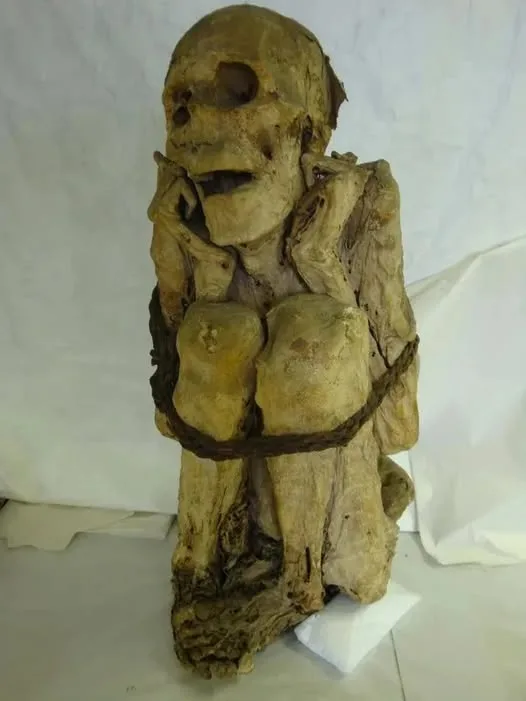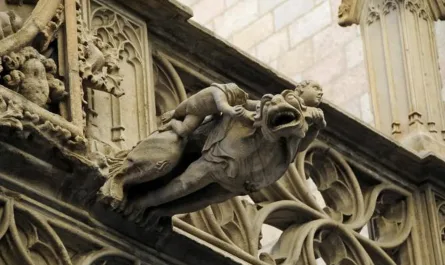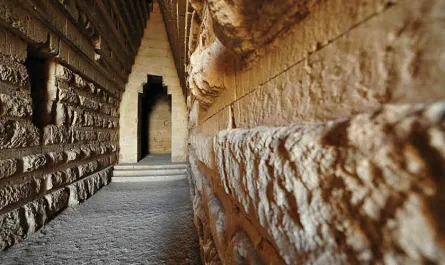Queen Nefertiti, the legendary 18th Dynasty queen of ancient Egypt, has captivated historians and archaeologists for centuries. Renowned for her beauty, power, and pivotal role alongside Pharaoh Akhenaten, she remains one of history’s most enigmatic figures. Now, famed Egyptologist Zahi Hawass is stirring excitement with claims that he’s on the verge of identifying her long-lost mummy, potentially rewriting our understanding of her life and legacy.

A tantalizing discovery in the Valley of the Kings
In 2022, Hawass announced that a mummy labeled KV21B, discovered in the Valley of the Kings, could be Nefertiti herself. This find has sparked global intrigue, as confirming her identity would be a monumental achievement in Egyptology. Hawass is leveraging advanced DNA analysis and CT scans to explore whether KV21B is linked to Tutankhamun, Nefertiti’s son, and Ankhesenamun, her daughter. The possibility that Nefertiti ruled as pharaoh under the name Smenkhkare after Akhenaten’s death adds further weight to the discovery, promising answers to long-standing questions about her reign.
The science behind the search
The identification process relies heavily on cutting-edge technology. DNA testing aims to establish familial connections between KV21B and known royal mummies, while CT scans could reveal physical traits, such as age or injuries, that align with what we know of Nefertiti. Earlier tests in 2010 hinted that another mummy, KV21A, might be Tutankhamun’s mother, but results for KV21B were inconclusive. Hawass remains optimistic, citing ongoing advancements in genetic analysis that could finally unlock the mummy’s secrets.
Challenges and skepticism
Despite the excitement, the road to confirmation is fraught with challenges. Ancient DNA is notoriously difficult to analyze, and previous tests on KV21B yielded ambiguous results. Some experts question whether Nefertiti, tied to the controversial Aten cult, would have been buried in the Valley of the Kings, a site associated with traditional Egyptian practices. Additionally, Hawass’s bold claims have drawn scrutiny, with critics pointing to his history of high-profile announcements that sometimes lack follow-through. In late 2022, reports surfaced that Hawass expressed doubts about KV21B’s identity due to DNA testing issues, though no formal update has been shared since.
What’s at stake?
If KV21B is indeed Nefertiti, the discovery could reshape our understanding of one of Egypt’s most iconic queens. It might confirm her role as a ruling pharaoh, shed light on her physical condition, and clarify her final resting place. Beyond academic circles, the find would captivate the public, offering a tangible connection to a woman immortalized in the famous Nefertiti bust. However, until conclusive results are published, skepticism remains warranted.
Awaiting the verdict
As of July 2025, the archaeological world holds its breath for Hawass’s final verdict. The quest to identify Nefertiti’s mummy is a high-stakes endeavor, blending cutting-edge science with the allure of ancient history. Whether KV21B proves to be the legendary queen or another piece of the puzzle, the search underscores the enduring fascination with Nefertiti’s legacy. Stay tuned—Egypt’s sands may yet reveal their greatest secret.





